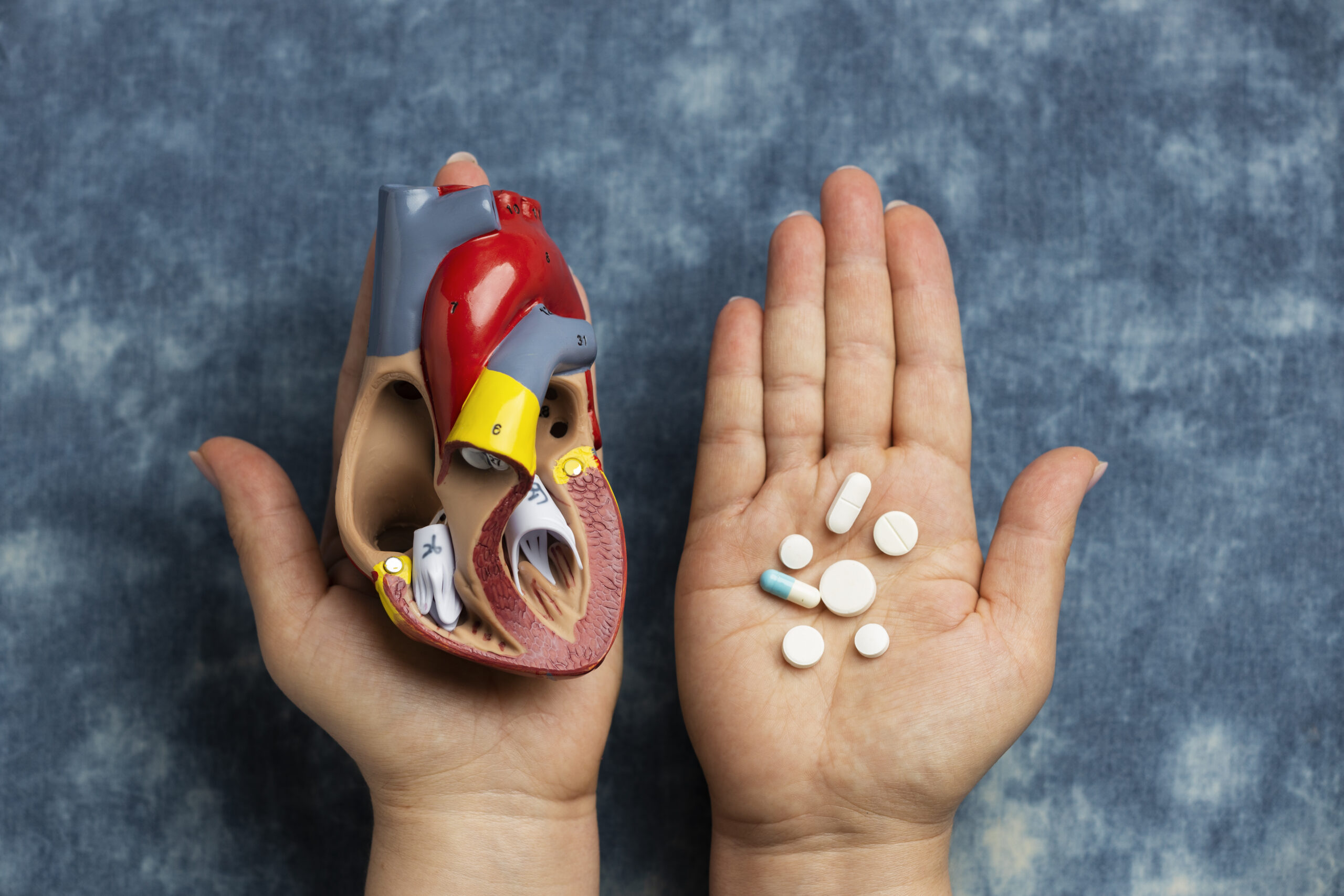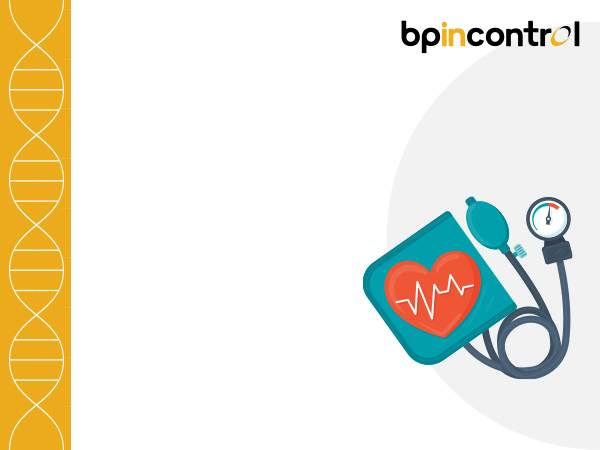Coronary Artery Disease (CAD): Symptoms & Treatment

Table of Contents
Coronary artery disease regularly referred to as CAD, has a considerable impact on the general health and features of the heart’s coronary arteries. The constriction or blockage of the coronary arteries, which can be chargeable for presenting the coronary heart muscle with vital oxygen and vitamins, results in this manifestation. The primary purpose of community-received coronary artery sickness (CAD) is the gradual accumulation of LDL ldl cholesterol and fatty deposits, referred to as plaques, inside the critical blood arteries of an individual.
Individuals experiencing CAD frequently show off symptoms that function as essential warning signs and symptoms. These signs and symptoms encompass angina, characterized by chest ache or pain, shortness of breath, fatigue, and abnormal heartbeats. Recognizing those signs is vital, prompting people to try to find well-timed medical attention. The reasons for CAD are multifaceted, and regularly linked to lifestyle and genetic elements. High blood strain, smoking, diabetes, obesity, and a circle of relatives history of heart disease contribute to the development of this condition. Proactive management of those chance elements through way-of-life modifications is important in stopping the onset of CAD.
What are the symptoms of coronary artery disease?
Coronary Artery Disease symptoms manifest through various signs and symptoms that, if recognized early, can prompt properly-timed intervention. Understanding these signs is critical for retaining heart health. The hallmark symptom of CAD is angina, characterized using chest aches or pain. This pain may additionally make it bigger to the fingers, neck, jaw, shoulder, or again. Shortness of breath, specifically during bodily exertion or stress, is any other not unusual symptom. Individuals with CAD can also enjoy fatigue because the heart struggles to pump blood successfully.
Coronary artery ailment signs additionally include irregular heartbeats or palpitations. These strange rhythms can sign capability issues with blood flow to the heart. Recognizing those signs empowers individuals to seek active medical attention. In a few cases, CAD may additionally gift as silent ischemia, in which individuals revel in no great signs and symptoms. However, the hazard of complications remains. It is crucial to observe that symptoms can vary, and no longer everyone with CAD will enjoy the same signs and symptoms.
If you located any coronary artery disorder signs and symptoms, including chest discomfort, shortness of breath, fatigue, or unusual heartbeats, it’s miles vital to consult a healthcare expert at once. Early analysis and intervention play a pivotal characteristic in coping with CAD and reducing the danger of headaches. By staying vigilant to those symptoms, individuals can take proactive steps in the direction of retaining their heart fitness and playing better first-class lifestyles. Regular medical checkups and way-of-life modifications contribute extensively to preventing and dealing with coronary artery ailment.
What causes coronary artery disease?
Coronary Artery Disease (CAD) develops at the same time as LDL ldl cholesterol and fatty deposits, usually referred to as plaques, collect in the coronary arteries. These essential blood vessels, accountable for offering oxygen and nutrients to the coronary heart muscle, become compromised as those plaques progressively slender or block the arterial passages. The number one offender within the genesis of CAD is the buildup of low-density lipoprotein (LDL) cholesterol, regularly called “terrible cholesterol.” When LDL ldl cholesterol combines with exclusive substances, it forms plaque, which adheres to the arterial partitions. Over time, this process, called atherosclerosis, ends in the sluggish thickening and hardening of the arteries.
A better occurrence of high blood pressure, which further stresses the arterial walls and encourages plaque formation, is associated with coronary artery ailment (CAD). In addition to growing LDL ldl cholesterol, smoking damages blood vessels and quickens the accumulation of plaque, making it a main hazard factor. The opportunity for arterial harm due to persistently high blood sugar degrees puts diabetics at a better chance.
What are the risk factors for coronary artery disease?
Coronary Artery Disease (CAD) is influenced by the aid of numerous dangerous elements that may contribute to its development. Recognizing and handling those elements is important for preventing and mitigating the impact of this cardiovascular condition. High blood stress, a sizable hazard thing for CAD, locations additional stress on the coronary arteries, potentially main to their damage over the years.
Smoking, another culprit, now not most effective damages blood vessels however also speeds up the formation of plaque, narrowing the arteries and impeding blood flow. Individuals with diabetes face an elevated threat, as extended blood sugar stages can contribute to arterial harm. Obesity and an inactive way of life are interconnected chance elements, as extra weight traces the heart and a sedentary way of life contributes to terrible cardiovascular health.
Addressing these hazard factors is pivotal in CAD prevention. Lifestyle adjustments, which include everyday workouts, a coronary heart-healthful eating plan, and smoking cessation, play a crucial characteristic. Monitoring and handling blood stress, blood sugar, and levels of cholesterol are vital additives of a comprehensive technique to lessen the chance of growing Coronary Artery Disease. By understanding and actively addressing these chance factors, individuals can take proactive steps in the direction of keeping ideal coronary heart fitness.
How is coronary artery disease diagnosed?
Diagnosing Coronary Artery Disease (CAD) is a meticulous process essential for powerful intervention. Physicians rent numerous diagnostic gear to assess the volume of arterial blockages and formulate a tailored remedy plan.
One primary diagnostic method is using angiograms, which offer unique photos of the coronary arteries. By injecting an assessment dye and accomplishing X-rays, healthcare specialists can visualize any constrictions or blockages inside the arteries, assisting in correct analysis. Stress tests are another precious diagnostic tool. These checks, regularly executed on a treadmill or with medicine, compare the heart’s response to exertion. Abnormalities in coronary heart price or blood strain throughout strain may imply CAD. Blood checks play a vital role in analysis by measuring precise biomarkers related to coronary heart harm or pressure.
Elevated ranges of troponin or creatine kinase-MB can signal ability problems and manual similar evaluation. Additionally, imaging techniques like CT scans can be used to create targeted go-sectional images of the heart, imparting insights into its structure and capacity blockages. Prompt and accurate prognosis is crucial for starting up well-timed remedies and stopping similar complications. Individuals experiencing signs and symptoms including chest pain or shortness of breath should be looking for clinical attention directly, allowing healthcare experts to behaviour the important diagnostic tests and implement a comprehensive method to managing coronary artery ailment.
FAQs
1. Can Coronary Artery Disease Lead to Other Health Issues?
Coronary Artery Disease (CAD) provides risks past its immediate cardiovascular effect. If left untreated, CAD can result in severe complications, along with coronary heart failure or a heart assault. The significance of proactive coronary heart fitness management is highlighted by the need to identify early indications and actively pursue clinical interest to mitigate capability hazards.
2. What Treatments Are Available for Coronary Artery Disease?
Various treatments address Coronary Artery Disease, providing patients with options based totally on the severity of their condition. Lifestyle changes, inclusive of dietary changes and ordinary exercising, play a pivotal function. Medications like antiplatelet pills and statins are normally prescribed to manipulate signs and symptoms and gradual CAD development. In advanced instances, clinical tactics like angioplasty or coronary artery skip grafting can be recommended. A tailor-made Coronary Artery Disease treatment approach emphasizes consulting healthcare experts to decide the most suitable interventions based totally on individual instances.
3. Conclusion
Understanding the signs and symptoms, causes, and available remedies for Coronary Artery Disease empowers people to take control of their heart fitness. Through focus, lifestyle adjustments, and timely clinical interventions, the effect of CAD can be minimized, allowing individuals to steer more healthy and more fulfilling lives. Regular fitness takes a look at us and a proactive approach to cardiovascular properly-being are essential steps in the ongoing attempt to combat this widespread and potentially critical situation.
Take charge of your heart health with BP in Control’s online portal! Our “Find a Physician” option connects you with experienced healthcare professionals who specialise in managing coronary artery disease. With easy access to expert guidance, you can proactively address risk factors and receive personalised care. Prioritise your heart health today!
Sources –
https://my.clevelandclinic.org/health/diseases/16898-coronary-artery-disease
https://www.mayoclinic.org/diseases-conditions/coronary-artery-disease/symptoms-causes/syc-20350613
https://www.nhlbi.nih.gov/health/coronary-heart-disease
Disclaimer
The information contained in this article is to educate, spread awareness in relation to hypertension and other diseases to the public at large. The contents of this article are created and developed by BPinControl.in through its authors, which has necessary, authorisations, license, approvals, permits etc to allow usage of this articles on The Website. The views and opinions expressed in this article are views, opinions of the respective authors and are independently endorsed by doctors. Although great care has been taken in compiling and checking the information in this article, The Website shall not be responsible, or in any way liable for any errors, omissions or inaccuracies in this article whether arising from negligence or otherwise, or for any consequences arising therefrom. The content of this article is not a substitute for any medical advice. The Website shall not be held responsible or liable for any consequence arising out of reliance on the information provided in the article.


Comments (0)
No comments found.Add your comment